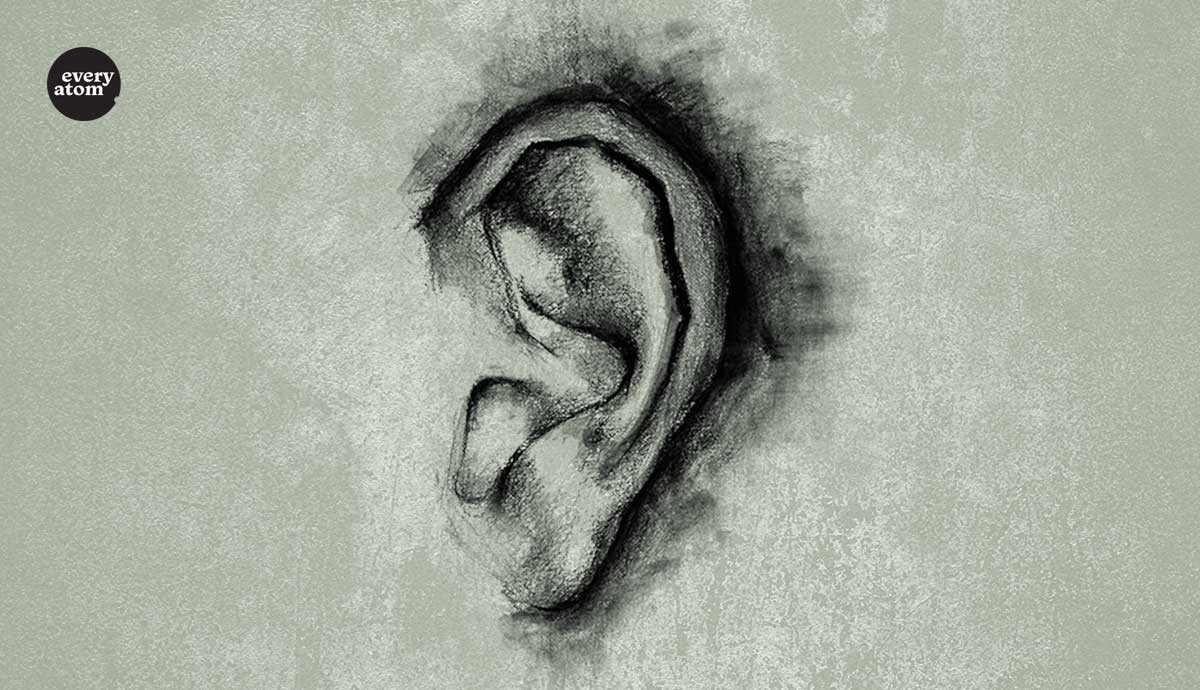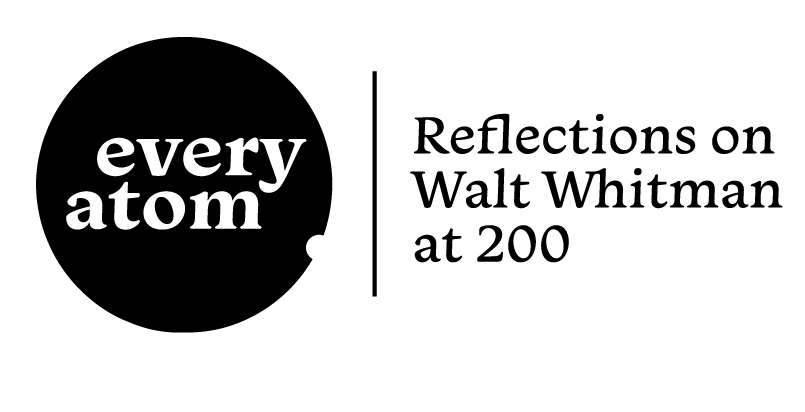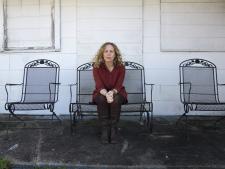Every Atom | No. 97
Introduction to Every Atom by project curator Brian Clements
I hear the sound of the human voice . . . . a sound I love,
The angry base of disjointed friendship . . . . the faint tones of the sick,
The judge with hands tight to the desk, his shaky lips pronouncing a death-sentence,
Here we find Whitman as both listener and conductor as he conjures up a cacophony of humanity’s “song” heard from within the city and also from the vantage of a sonic birds-eye view. He captures the whirl of sounds of the city—though he nods to the sounds “out of the city”—of the compressed multiplicity of experiences echoing together in a singular “grand opera.” How is the self to exist amidst such chaos but to hear it as one song, something one is made part of, even when moving in solitude? The “I” and the reader are both audience and participant, each breath joining in the whirlwind chorus around. Even death, here, is not silent, but given a sound through the “slow-march” guarding it. The sounds are not solely human, but also come from the fruits of our making, the machines we make and make use of, the bells and engines, and yes, the violincello and cornet. This passage, and its extension that follows, is a sonic portrait of industry, commerce, friendship, disaster, even humanity’s step into the act of silencing, with the declaration of a death-sentence by a judge. I still marvel at this passage, decades after first discovering it as a Barnard student, alone in New York City at the age of 17, wandering in the wondrous chorus of compressed humanity. Whitman articulates the experience of our duality as singular beings momentarily brought to oneness with our human world through our senses. And in that world, this beautiful note: the “sound of the human voice… a sound I love.”
Recommended
Nor’easter
Post-Op Appointment With My Father
Cedar Valley Youth Poet Laureate | Fall 2024 Workshop







